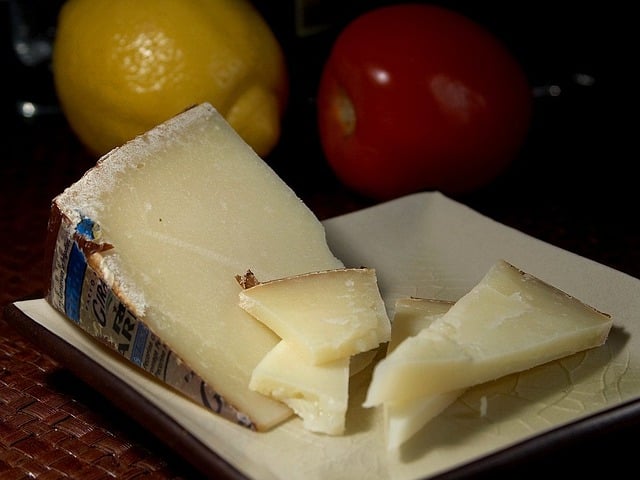
The Origins and True Recipe of Roman Carbonara
Share
Carbonara is one of Italy’s most iconic pasta dishes, yet its origins remain shrouded in mystery and controversy. While many believe it to be a timeless Roman classic, historical evidence suggests a more complex story—one that involves wartime rations, culinary improvisation, and early 20th-century influences. Let’s delve into the true history of carbonara, explore its evolution, and finally, share the authentic recipe that remains a cornerstone of Roman cuisine today.
A Dish Shrouded in Mystery
The origins of carbonara are widely debated. Unlike cacio e pepe or amatriciana, which have documented historical roots in central Italy, carbonara does not appear in Italian cookbooks before the 20th century. The first recorded mention of the dish by name appears in the 1951 Italian film Cameriera bella presenza offresi…, in which a character asks, "Do you know how to make spaghetti alla carbonara?" The fact that the dish was not widely recognised at the time suggests it was a relatively new addition to Roman gastronomy.
A Wartime Invention?
One of the most credible theories links carbonara’s birth to the presence of Allied troops in Italy during World War II. In 1944, as soldiers advanced through central Italy, they brought with them rations of powdered egg, cured pork, and processed cheese—ingredients that closely resemble the carbonara we know today. It is said that Italian chefs, eager to adapt to available ingredients, combined these elements with pasta to create a satisfying, protein-rich meal.
Early Variations and the First Italian Recipe
The first Italian recipe for carbonara was published in the August 1954 issue of La Cucina Italiana. However, it differed significantly from the modern version, featuring garlic, pancetta, Gruyère cheese, eggs, and black pepper. The transition towards today’s standardised recipe was gradual. In 1960, La Grande Cucina by Luigi Carnacina introduced guanciale (cured pork cheek) as a superior alternative to pancetta, while earlier versions often included cream—a practice that persisted in some recipes until the late 1980s.
The Authentic Roman Recipe
Today, purists agree that an authentic Roman carbonara requires only five ingredients:
- Pasta (traditionally spaghetti or rigatoni)
- Guanciale (never pancetta)
- Egg yolks (not whole eggs, and certainly no cream)
- Pecorino Romano (not Parmesan)
- Black pepper
Traditional Carbonara Recipe (Serves 2)
Ingredients:
- 200g spaghetti or rigatoni
- 100g guanciale, cut into strips
- 2 large egg yolks
- 50g Pecorino Romano, finely grated
- Freshly ground black pepper
- Salt for boiling water
Method:
- Bring a large pot of salted water to the boil and cook the pasta until al dente.
- In a frying pan, cook the guanciale over a medium heat until crispy, allowing the fat to render. Remove from heat.
- In a bowl, whisk together the egg yolks and Pecorino Romano, adding a generous amount of black pepper.
- Drain the pasta, reserving a small cup of the starchy cooking water.
- Toss the pasta with the guanciale, ensuring it absorbs the rendered fat.
- Remove the pan from the heat and quickly mix in the egg and cheese mixture, adding a splash of reserved pasta water if needed to create a creamy texture.
- Serve immediately with an extra sprinkle of Pecorino and black pepper.
The Globalisation of Carbonara
Despite its relatively recent origins, carbonara has become one of the most beloved and misinterpreted pasta dishes worldwide. From the addition of cream and garlic to the controversial use of bacon instead of guanciale, numerous variations have sparked heated debates among Italian food purists. The Carbonara Day event, held every year on 6 April, encourages social media users to share their take on the dish using #CarbonaraDay and #TheRealCarbonara.
Further Reading & Resources
- La Cucina Italiana – https://www.lacucinaitaliana.it
- Storia della pasta in 10 piatti by Luca Cesari
- The Pasta Grannies YouTube channel: https://www.youtube.com/@PastaGrannies
- Italian Academy of Cuisine: https://www.accademiaitalianadellacucina.it
By preserving and respecting the traditional ingredients and techniques, carbonara remains a testament to the ingenuity of Italian cuisine—born out of necessity but transformed into a dish of pure culinary excellence.
